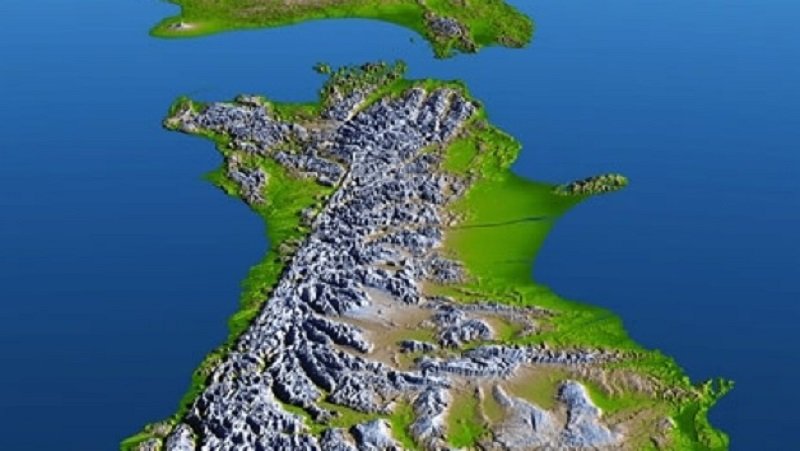
In the past 25 million years, the two sides of the South Island have shifted more than 700 kilometres relative to each other along the Alpine Fault. That is 250km more than previously thought.
The full extent of the movement was masked because the rocks first moved 250km in one direction, then went back the other way - retracing the first 250km and adding a further 450km.
GNS Science earthquake geologist Robert Langridge has been studying why the Alpine Fault is so susceptible to earthquakes - it's since been discovered that it may be the world's fastest-moving known fault line.
The extent of the movement was worked out by researchers from Victoria University and GNS Science, with the findings published in the American Geophysical Union journal G-Cubed.
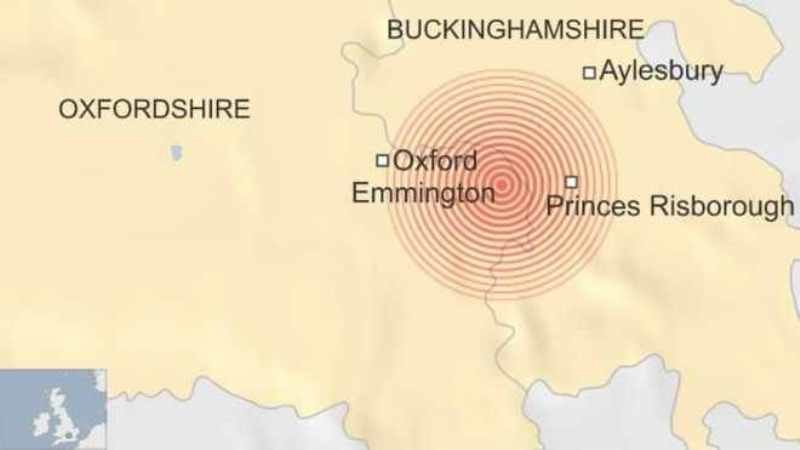
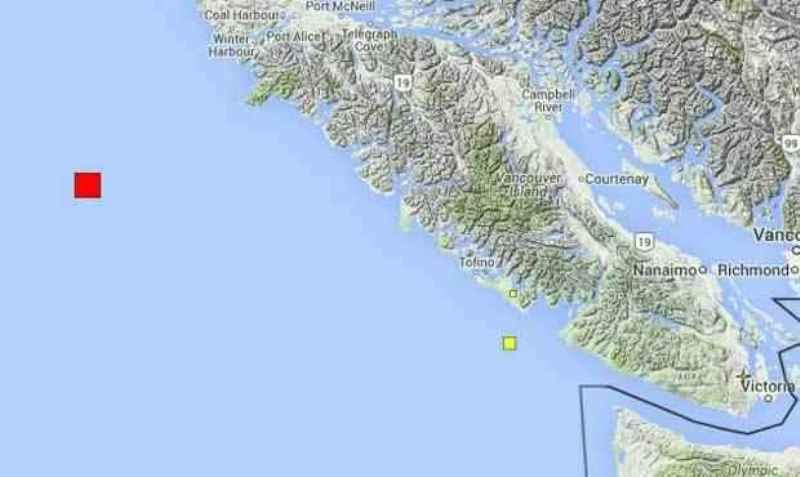
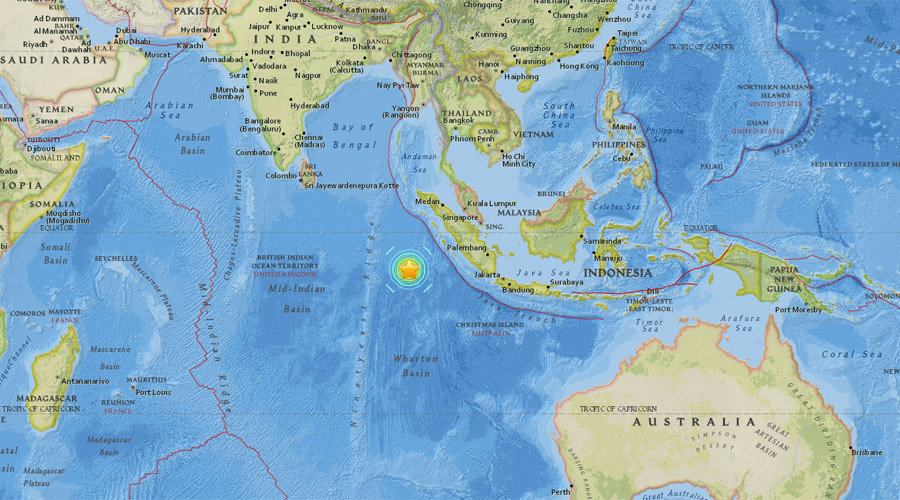
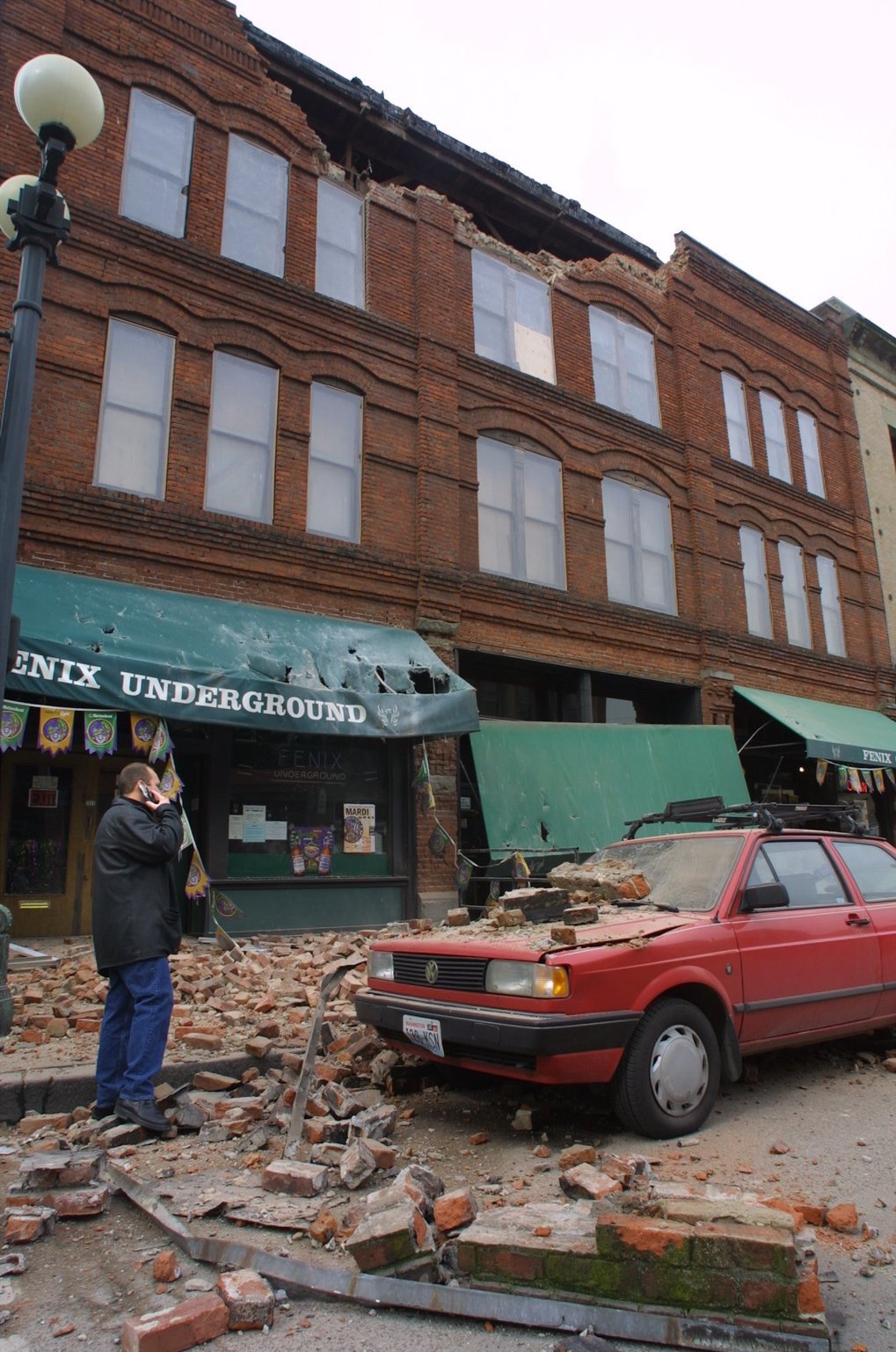
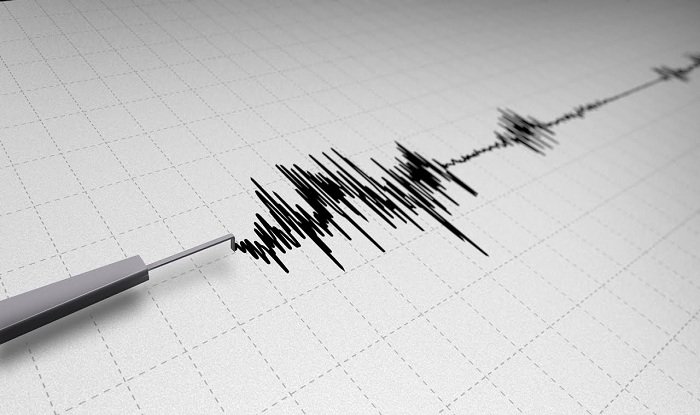
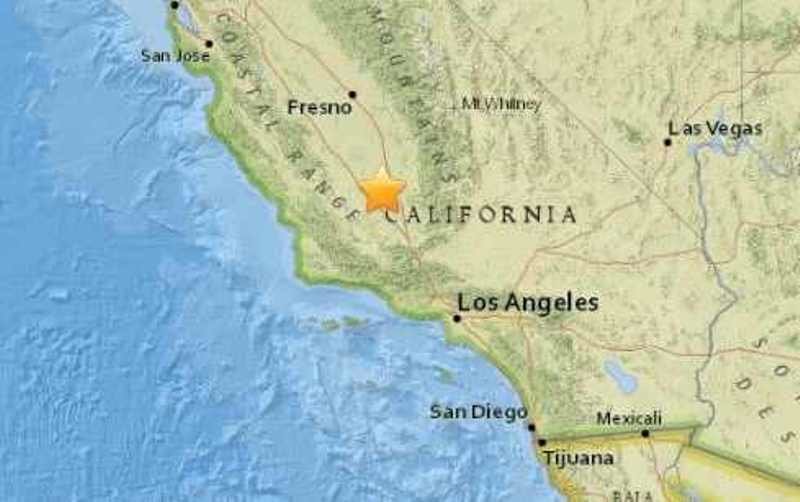
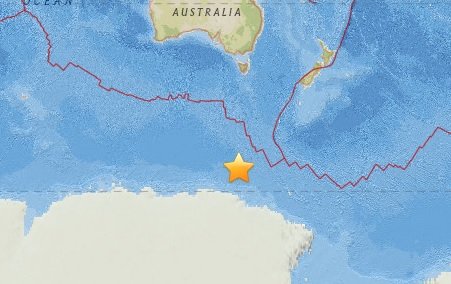
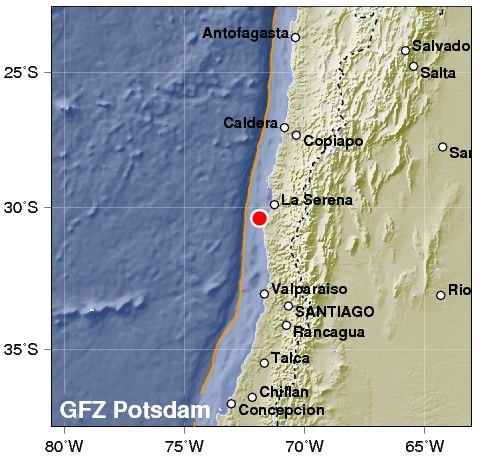



Comment: There has also been increased volcanic activity in the region within the last week, as Indonesia's Mount Sinabung erupted twice in one day spewing ash and smoke 3000 meters high